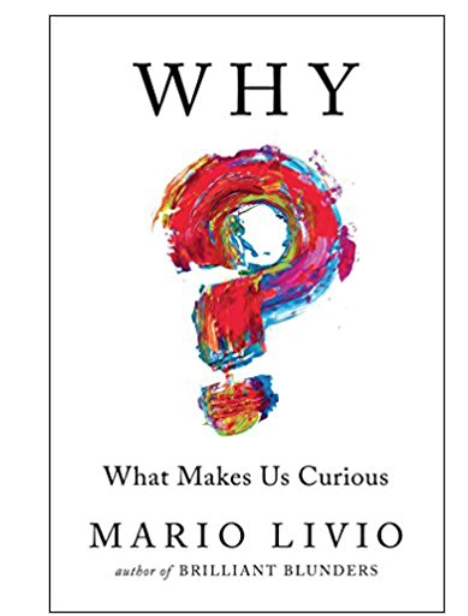Track Santa’s progress with the NORAD Santa Tracker – Have a happy and safe Holiday!
Comments Off on Get Ready for all things Santa – Courtesy of NORAD
Posted in Uncategorized
Learn more about the Chinese gene surgeon:
(Check out the Good Genetics Question Tab to learn more)
Comments Off on A Chinese Scientist Claims to have successfully done gene surgery on a set of girl twins at the single cell stage – ethical?
Posted in Uncategorized
Comments Off on What’s all the fuss about Climate Change? How can you get informed and involved
Posted in Uncategorized
What is the difference between genetic testing and genetic therapy?
Comments Off on Genetic Testing – good idea or a waste of time??
Posted in Uncategorized
Comments Off on Climate scientists remind the public that the Earth has only about dozen years before global warming becomes catastrophic
Posted in Uncategorized
Top ways to make Halloween more spooky fun and sciency!
Comments Off on Learn more about the science behind Halloween Magic!
Posted in Uncategorized
Comments Off on Visual Animation of Chromosomes to the genetic code – let’s review!
Posted in Uncategorized
“Cancer kills millions of people every year and is one of humanity’s greatest health challenges. By stimulating the inherent ability of our immune system to attack tumor cells this year’s Nobel Laureates have established an entirely new principle for cancer therapy.
James P. Allison studied a known protein that functions as a brake on the immune system. He realized the potential of releasing the brake and thereby unleashing our immune cells to attack tumors. He then developed this concept into a brand new approach for treating patients.
In parallel, Tasuku Honjo discovered a protein on immune cells and, after careful exploration of its function, eventually revealed that it also operates as a brake, but with a different mechanism of action. Therapies based on his discovery proved to be strikingly effective in the fight against cancer.
Allison and Honjo showed how different strategies for inhibiting the brakes on the immune system can be used in the treatment of cancer. The seminal discoveries by the two Laureates constitute a landmark in our fight against cancer.”
Figure: Upper left: Activation of T cells requires that the T-cell receptor binds to structures on other immune cells recognized as ”non-self”. A protein functioning as a T-cell accelerator is also required for T cell activation. CTLA- 4 functions as a brake on T cells that inhibits the function of the accelerator. Lower left: Antibodies (green) against CTLA-4 block the function of the brake leading to activation of T cells and attack on cancer cells.
Upper right: PD-1 is another T-cell brake that inhibits T-cell activation. Lower right: Antibodies against PD-1 inhibit the function of the brake leading to activation of T cells and highly efficient attack on cancer cells.
Comments Off on Nobel Prize has been awarded for 2018 in Medicine and Physiology: Allison and Honjo
Posted in Uncategorized
The Science behind curiosity – Learn more about what makes us curious.
There is no single type of curiosity.
You can improve your curiosity. Start with something that you are interested in. Begin to ask questions about something that you like and enjoy about a topic.
Young children typically ask questions because they are interested in “cause and effect”. This means that their perceptual curiosity decreases as they get older.
As you get older your epistemic curiosity does not decrease. Your willingness to learn new things, to discover new things does not decrease as you get older.

Comments Off on Why – What makes us curious? Are kids more curious than adults?
Posted in Uncategorized
DNA to RNA to mRNA to tRNA
Comments Off on Learn how to make picture notes to help you to understand how DNA controls protein production in the cell
Posted in Uncategorized